Description
Familiarity with treatment
The Traditional Brazilian Butt Lift (BBL) is a cosmetic procedure that involves transferring fat from one area of the body to the buttocks to enhance their shape and size. Here is some information about the procedure:
- Fat Harvesting: The first step of a traditional BBL involves harvesting fat from areas of the body where there is excess fat, such as the abdomen, hips, thighs, or back. This is typically done using liposuction, which involves making small incisions and using a cannula to suction out the fat.
- Fat Processing: Once the fat is harvested, it is processed to remove any impurities, excess fluids, or damaged fat cells. The processed fat is then purified and prepared for injection into the buttocks.
- Fat Injection: The purified fat is carefully injected into different areas of the buttocks to achieve the desired shape and volume. The surgeon strategically places the fat to create a more rounded and lifted appearance. Multiple injections may be performed to ensure even distribution of the fat.
- Incisions and Scarring: The incisions made for liposuction and fat injection are typically small and placed in inconspicuous areas. This helps minimize scarring, and any scars that do form are usually small and fade over time.
- Recovery and Results: After the procedure, patients will need to follow specific postoperative care instructions provided by their surgeon. This may include wearing compression garments, avoiding sitting or lying directly on the buttocks for a certain period, and taking prescribed medications. The recovery time can vary, but most patients can expect some swelling and bruising, which gradually subsides over several weeks. The final results of a traditional BBL can be seen once the swelling has fully resolved, usually within a few months.
- Risks and Complications: Like any surgical procedure, a traditional BBL carries some risks and potential complications. These can include infection, bleeding, scarring, asymmetry, fat necrosis, and changes in sensation. It is important to choose a qualified and experienced plastic surgeon to minimize the risk of complications and achieve the best possible outcome.
- Candidacy: Not everyone is a suitable candidate for a traditional BBL. Ideal candidates should have enough excess fat in donor areas for harvesting, be in good overall health, and have realistic expectations about the results. A thorough consultation with a plastic surgeon is necessary to determine if a traditional BBL is the right procedure for you.
Who is it suitable for?
The traditional Brazilian Butt Lift (BBL) procedure is suitable for individuals who desire to enhance the shape and size of their buttocks using their own body fat. However, not everyone is an ideal candidate for a traditional BBL. Here are some factors to consider when determining suitability for the procedure:
- Adequate Fat Donor Sites: To perform a traditional BBL, there needs to be enough excess fat in other areas of the body, such as the abdomen, hips, thighs, or back, to harvest for the fat transfer. The availability of donor sites is crucial for achieving the desired results. If a person has very little body fat or lacks suitable donor sites, they may not be a good candidate for a traditional BBL.
- Good Overall Health: Candidates for a traditional BBL should be in good overall health. This includes being at a stable weight, having no underlying medical conditions that could increase the risks of surgery, and being a non-smoker or willing to quit smoking before and after the procedure. Good health is important for a safe and successful surgery and recovery.
- Realistic Expectations: It is essential for individuals considering a traditional BBL to have realistic expectations about the results. While the procedure can enhance the shape and size of the buttocks, it is important to understand that the outcome will depend on factors such as the amount of fat available for transfer, the patient’s body shape, and the surgeon’s skill. A thorough consultation with a plastic surgeon can help set realistic expectations and determine if the desired goals can be achieved.
- Psychological Readiness: Undergoing any surgical procedure, including a traditional BBL, requires emotional and psychological readiness. It is important for individuals to have a positive body image and a clear understanding of their motivations for seeking the procedure. Open communication with the surgeon and a realistic understanding of the potential risks and benefits are crucial.
- Consultation with a Plastic Surgeon: The best way to determine suitability for a traditional BBL is to consult with a board-certified plastic surgeon. They will evaluate your individual case, assess your goals and expectations, and determine if you are a good candidate for the procedure. They will also discuss alternative options if a traditional BBL is not suitable for you.
Who is it not suitable for?
While the traditional Brazilian Butt Lift (BBL) can be a suitable procedure for many individuals, there are certain cases where it may not be recommended or suitable. Here are some factors that may make a person not suitable for a traditional BBL:
- Insufficient Fat Donor Sites: A traditional BBL requires an adequate amount of excess fat in other areas of the body to harvest for the fat transfer. If a person has very little body fat or lacks suitable donor sites, such as the abdomen, hips, thighs, or back, they may not have enough fat available for the procedure.
- Underlying Health Conditions: Certain underlying health conditions may increase the risks associated with surgery and affect the healing process. Individuals with uncontrolled diabetes, heart disease, bleeding disorders, or compromised immune systems may not be suitable candidates for a traditional BBL. It is important to discuss any pre-existing health conditions with a plastic surgeon to determine if the procedure is safe for you.
- Unrealistic Expectations: It is crucial for individuals considering a traditional BBL to have realistic expectations about the results. While the procedure can enhance the shape and size of the buttocks, it is important to understand that the outcome will depend on various factors, including the amount of fat available for transfer and the individual’s body shape. If a person has unrealistic expectations or desires a dramatic change that may not be achievable, a traditional BBL may not be suitable.
- Active Smoking: Smoking can impair the healing process and increase the risk of complications after surgery. Individuals who are active smokers may be advised to quit smoking before undergoing a traditional BBL. It is important to discuss smoking habits with a plastic surgeon, as they may recommend a period of smoking cessation before the procedure.
- Pregnancy or Breastfeeding: It is generally recommended to wait until after completing pregnancy and breastfeeding before considering a traditional BBL. Pregnancy and breastfeeding can cause significant changes in the body, including weight fluctuations and hormonal shifts, which can affect the long-term results of the procedure.
- Body Mass Index (BMI): Individuals with a very low or very high BMI may not be suitable candidates for a traditional BBL. A low BMI may indicate insufficient fat for harvesting, while a high BMI may increase the risks associated with surgery and affect the outcome of the procedure.
- Psychological Readiness: Undergoing any surgical procedure, including a traditional BBL, requires emotional and psychological readiness. It is important for individuals to have a positive body image, realistic expectations, and a clear understanding of the risks and benefits of the procedure. If a person is not psychologically prepared or has unrealistic motivations for seeking the surgery, a traditional BBL may not be suitable.
Advantages
The traditional Brazilian Butt Lift (BBL) procedure offers several advantages for individuals seeking to enhance the shape and size of their buttocks. Here are some of the advantages of a traditional BBL:
- Natural Results: One of the main advantages of a traditional BBL is that it uses the patient’s own body fat to enhance the buttocks. The fat is harvested from areas of the body with excess fat, such as the abdomen, hips, thighs, or back, and then injected into the buttocks. This natural approach can result in a more natural-looking and feeling outcome compared to implants or other synthetic materials.
- Dual Benefit of Liposuction: The traditional BBL involves liposuction to harvest fat from donor areas. This means that in addition to enhancing the buttocks, the procedure also allows for contouring and slimming of other areas of the body. This can result in a more balanced and proportionate overall appearance.
- Customizable Results: The traditional BBL allows for a high level of customization. The surgeon can strategically inject the harvested fat into different areas of the buttocks to achieve the desired shape, volume, and contour. This customization allows for personalized results that are tailored to the individual’s specific goals and body shape.
- Minimally Invasive: Compared to more invasive procedures like buttock implants, a traditional BBL is considered a minimally invasive procedure. It involves small incisions for liposuction and fat injection, which typically result in smaller scars and a shorter recovery time.
- Reduced Risk of Implant-related Complications: Since a traditional BBL uses the patient’s own fat rather than implants, there is a reduced risk of complications associated with implants, such as implant rupture, shifting, or rejection. Using the patient’s own fat also eliminates the need for additional incisions for implant placement.
- Improved Body Contour: In addition to enhancing the buttocks, a traditional BBL can improve the overall body contour by removing excess fat from donor areas. This can result in a more sculpted and toned appearance.
- Long-lasting Results: The fat that survives the transfer during a traditional BBL can provide long-lasting results. While some fat may be reabsorbed by the body over time, a significant portion of the transferred fat can establish a permanent presence in the buttocks.
Complications
Like any surgical procedure, the traditional Brazilian Butt Lift (BBL) carries certain risks and potential complications. It is important to be aware of these complications and discuss them with a board-certified plastic surgeon before undergoing the procedure. Here are some potential complications associated with a traditional BBL:
- Infection: There is a risk of infection at the incision sites or in the areas where fat is injected. Proper sterile techniques and postoperative care can help minimize this risk, but infections can still occur. Symptoms of infection may include increased pain, redness, swelling, warmth, or drainage from the incision sites.
- Bleeding: Excessive bleeding during or after the procedure is a potential complication. Surgeons take precautions to minimize bleeding, but in some cases, additional interventions may be required to control bleeding. It is important to follow postoperative instructions regarding activity restrictions and avoid medications or substances that can increase the risk of bleeding.
- Fat Necrosis: In some cases, a portion of the transferred fat may not survive in its new location, leading to fat necrosis. Fat necrosis can cause firm lumps or areas of hardness in the buttocks. While it is usually not harmful, it can affect the overall appearance and may require additional treatment or revision surgery.
- Seroma: A seroma is a collection of fluid that can accumulate under the skin at the incision sites or in the areas where fat is injected. It can cause swelling, discomfort, and may require drainage. Proper postoperative care, including wearing compression garments, can help reduce the risk of seroma formation.
- Asymmetry: Achieving perfect symmetry in the buttocks is challenging, and there is a risk of asymmetry after a traditional BBL. Factors such as differences in fat absorption or distribution can contribute to uneven results. In some cases, additional procedures may be necessary to address asymmetry.
- Scarring: While the incisions made for liposuction and fat injection are typically small, there is still a risk of scarring. Most scars from a traditional BBL are small and fade over time, but individual healing and scar formation can vary.
- Changes in Sensation: Some individuals may experience temporary or permanent changes in sensation in the buttocks or donor areas. This can include numbness, tingling, or altered sensitivity. In most cases, sensation returns to normal over time, but it can be a potential complication.
- Deep Vein Thrombosis (DVT) and Pulmonary Embolism (PE): DVT is the formation of blood clots in deep veins, usually in the legs. If a blood clot dislodges and travels to the lungs, it can cause a potentially life-threatening condition called PE. These complications are rare but can occur after any surgery. Measures such as early ambulation, compression stockings, and blood-thinning medications may be used to reduce the risk.
Preoperative care
Preoperative care is an essential part of preparing for a traditional Brazilian Butt Lift (BBL) procedure. Following preoperative care instructions can help ensure a safe and successful surgery. Here are some general preoperative care guidelines that may be recommended:
- Consultation and Medical Evaluation: Schedule a consultation with a board-certified plastic surgeon who specializes in BBL procedures. During the consultation, discuss your goals, expectations, and medical history. The surgeon will evaluate your overall health and determine if you are a suitable candidate for the procedure. They may also order preoperative tests, such as blood work or imaging, to assess your health status.
- Quit Smoking: If you are a smoker, it is strongly advised to quit smoking several weeks before the surgery. Smoking can impair the healing process and increase the risk of complications. Nicotine and tobacco products should be avoided for a period of time before and after the procedure.
- Medication Review: Provide your surgeon with a complete list of all medications, supplements, and herbal remedies you are currently taking. Some medications, such as blood thinners or certain herbal supplements, may need to be discontinued before the surgery to reduce the risk of bleeding or other complications. Follow your surgeon’s instructions regarding medication management.
- Avoid Certain Substances: It is important to avoid substances that can increase the risk of complications or interfere with anesthesia. This includes alcohol, recreational drugs, and certain herbal supplements. Follow your surgeon’s guidelines regarding substance avoidance before the surgery.
- Arrange Transportation and Support: Since a traditional BBL is performed under anesthesia, it is important to arrange for someone to drive you to and from the surgical facility on the day of the procedure. Additionally, having a support person available during the initial recovery period can be helpful.
- Follow Fasting Guidelines: Your surgeon will provide specific instructions regarding fasting before the surgery. It is important to follow these guidelines to minimize the risk of complications related to anesthesia. Typically, you will be instructed to avoid eating or drinking anything for a certain period of time before the surgery.
- Arrange for Recovery Supplies: Before the surgery, gather necessary supplies for your recovery period. This may include loose and comfortable clothing, compression garments, pain medications prescribed by your surgeon, and any other items recommended by your surgeon for postoperative care.
- Follow Preoperative Instructions: Your surgeon will provide you with detailed preoperative instructions. These may include guidelines for showering, skincare, and any specific preparations needed before the surgery. It is important to carefully follow these instructions to ensure a smooth and safe surgical experience.
Postoperative care
Postoperative care is crucial for a successful recovery after a traditional Brazilian Butt Lift (BBL) procedure. Following your surgeon’s instructions and taking proper care of yourself can help minimize complications and promote optimal healing. Here are some general postoperative care guidelines that may be recommended:
- Follow Activity Restrictions: Your surgeon will provide specific instructions regarding activity restrictions after the surgery. It is important to avoid strenuous activities, heavy lifting, and exercise for a certain period of time to allow for proper healing. Follow your surgeon’s guidelines regarding when you can gradually resume normal activities.
- Wear Compression Garments: Compression garments are typically provided by your surgeon and should be worn as instructed. These garments help reduce swelling, provide support to the treated areas, and promote proper contouring. Follow your surgeon’s recommendations regarding the duration and frequency of wearing compression garments.
- Take Prescribed Medications: Your surgeon may prescribe pain medications, antibiotics, and other medications to aid in your recovery. Take these medications as directed, following the prescribed dosage and schedule. If you have any concerns or experience adverse reactions, contact your surgeon.
- Manage Pain and Discomfort: It is normal to experience some pain, swelling, and discomfort after a BBL. Use ice packs or cold compresses as recommended by your surgeon to help reduce swelling and alleviate discomfort. Avoid applying ice directly to the skin and follow your surgeon’s instructions regarding the duration and frequency of using cold therapy.
- Maintain Proper Hygiene: Follow your surgeon’s instructions regarding showering and wound care. Keep the incision sites clean and dry, and avoid submerging them in water until cleared by your surgeon. Use mild, non-irritating soap and pat the incision sites dry gently.
- Follow a Healthy Diet: Eating a nutritious diet can support the healing process. Consume a well-balanced diet rich in fruits, vegetables, lean proteins, and whole grains. Stay hydrated by drinking plenty of water, unless otherwise instructed by your surgeon.
- Attend Follow-up Appointments: It is important to attend all scheduled follow-up appointments with your surgeon. These appointments allow your surgeon to monitor your healing progress, address any concerns or complications, and provide further guidance for your recovery.
- Avoid Sitting or Sleeping on the Buttocks: To protect the newly transferred fat and promote its survival, it is typically recommended to avoid sitting or sleeping directly on the buttocks for a certain period of time. Your surgeon may provide specific instructions on how to position yourself during sleep and when sitting.
- Be Patient and Follow Recovery Timeline: It takes time for the body to heal and for the final results of a BBL to become apparent. Be patient and follow the recommended recovery timeline provided by your surgeon. Avoid comparing your progress to others and trust the process of healing and contouring.
Only logged in customers who have purchased this product may leave a review.
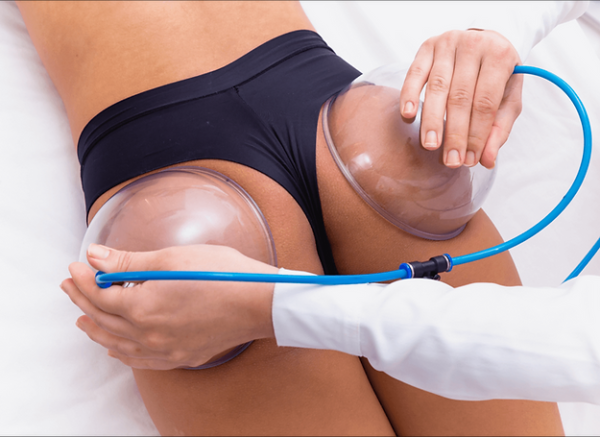
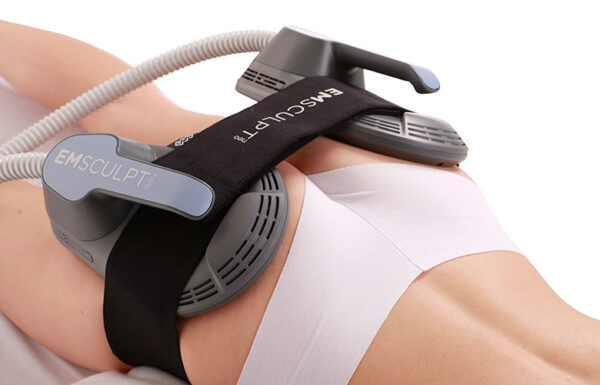
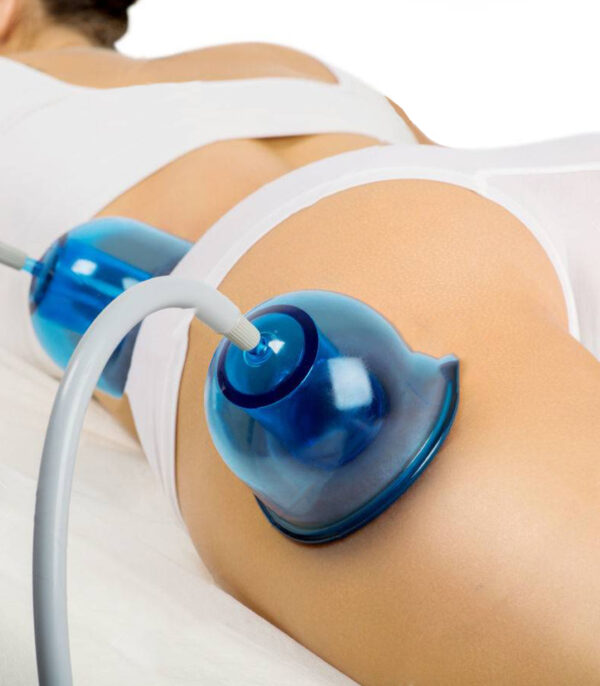
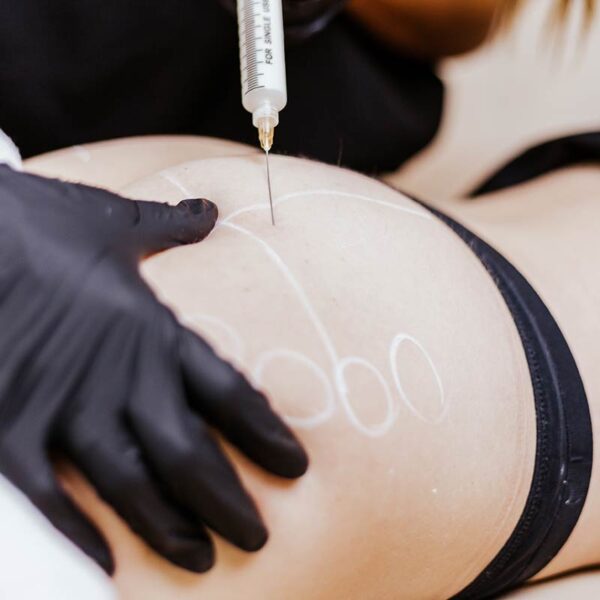

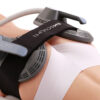



Reviews
There are no reviews yet.